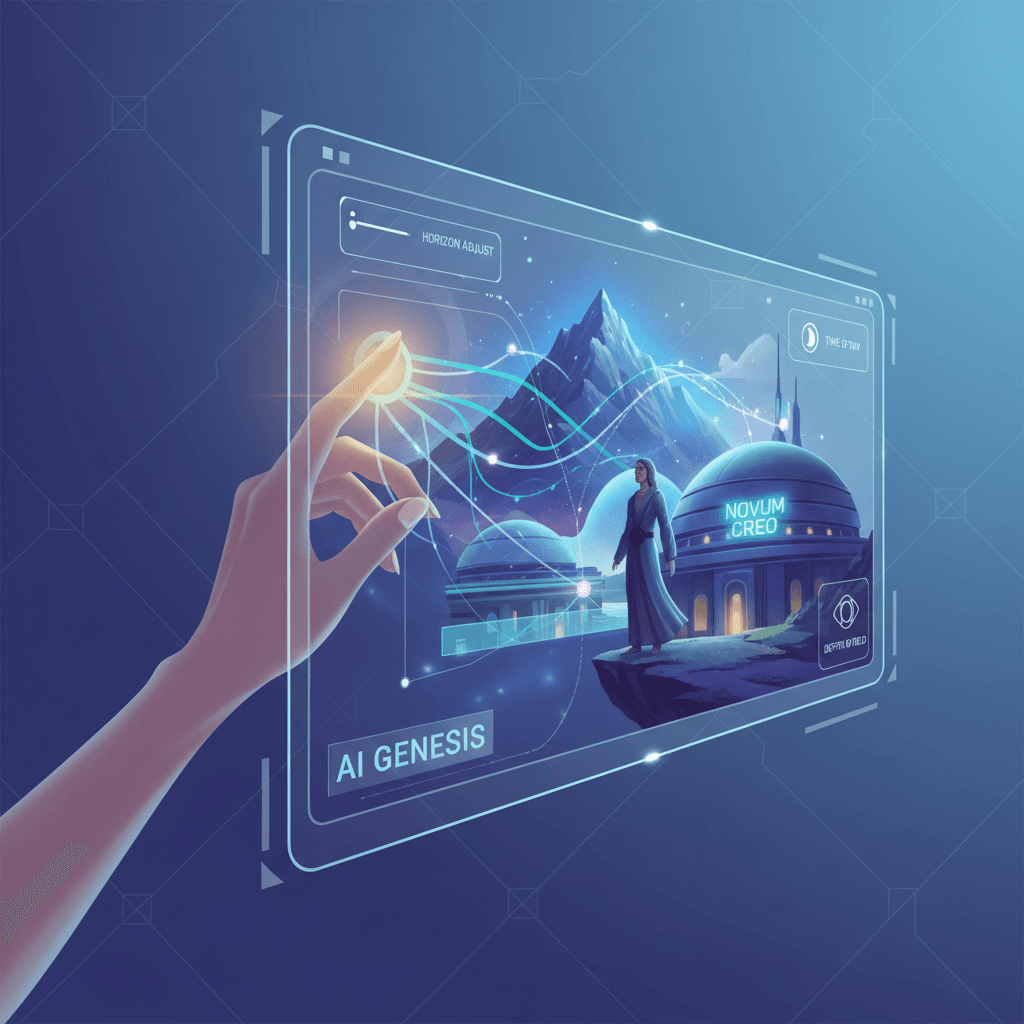Google's Gemini 3 Pro Image Revolutionizes AI Art with Intentional, Controlled Creation
Google's Nano Banana Pro, the "AI Photoshop," transforms creativity with precise, conversational control and studio-quality output.
November 20, 2025

Google is redefining the landscape of artificial intelligence-driven art with the release of its latest image model, known informally as Nano Banana Pro and officially as Gemini 3 Pro Image.[1] This new system represents a significant leap forward, moving beyond the often unpredictable nature of text-to-image generation to a process that feels remarkably deliberate and user-directed. By building the new image model on its powerful Gemini 3 Pro large language model, Google has infused its creative tool with sophisticated reasoning capabilities, allowing for a level of control and iterative refinement that promises to change how both professionals and casual users create visual content.[2][1][3] The core innovation is a shift from simple prompt interpretation to a deeper, conversational partnership between the user and the AI, making the act of creation feel truly intentional.
The fundamental advancement in Nano Banana Pro lies in its architectural pivot from a straightforward diffusion model to a reasoning-guided synthesis engine.[4] Its predecessor, the original Nano Banana (built on Gemini 2.5 Flash), was lauded for its speed and coherence but often struggled with complex instructions or nuanced edits, forcing users to restart the entire process for minor adjustments.[4][3] Nano Banana Pro addresses this by leveraging the advanced cognitive abilities of Gemini 3 Pro.[1] It incorporates a "Thinking" process, which allows the model to analyze and plan the composition before generating the image, resulting in a much higher degree of prompt adherence.[5] This enables a more dynamic, conversational workflow where users can progressively refine an image over multiple turns, making specific requests to adjust camera angles, change scene lighting from day to night, modify the depth of field, or apply sophisticated color grading with simple natural language commands.[5][2][1] This iterative process transforms the user experience from one of trial and error to a more controlled dialogue, akin to directing a digital artist who understands the subtleties of visual language.
This newfound intentionality is reflected in a suite of new features that provide studio-quality control over the final output.[6] One of the most significant upgrades is the model's ability to render accurate and legible text directly within images.[2] This capability, which extends across multiple languages and calligraphic styles, has long been a challenge for AI image generators and opens the door for creating professional-grade posters, logos, infographics, and diagrams.[5][6][4] Furthermore, Nano Banana Pro can be grounded in reality by connecting to Google Search, allowing it to pull in real-time information and visualize it accurately.[5][2] The model also introduces powerful compositional abilities, allowing users to blend up to 14 separate images into a single, coherent scene while maintaining the consistent appearance of up to five individuals.[2][1] This is complemented by the long-awaited support for various aspect ratios and resolutions up to 4K, freeing creators from the 1:1 square format of the previous version and providing the flexibility needed for professional applications.[5][2][3] Every generated image is also embedded with a SynthID watermark to ensure transparency.[5]
The launch of Nano Banana Pro signals a significant maturation in the AI tool ecosystem, impacting creative workflows and challenging the position of established software. With its powerful and intuitive editing capabilities, the model is being positioned as an "AI Photoshop," capable of replacing traditional, more complex software for many users, especially beginners.[3] It carves out a distinct role for itself within Google's own suite of AI tools. While models like Imagen focus on producing the highest possible photorealism from a single prompt, akin to a high-end studio camera, Nano Banana Pro functions as a versatile and agile digital sketchbook.[7] It is the scalpel for precise, iterative editing and rapid creative exploration.[8][7] This democratization of advanced creative control has profound implications for industries from marketing and advertising to product design, enabling the rapid production of high-quality, customized visual assets without the steep learning curve of professional design software.
In conclusion, Google's Nano Banana Pro is more than just an incremental upgrade; it represents a paradigm shift in how we interact with generative AI. By embedding true reasoning at the core of the image creation process, Google has transformed its tool from a generator of possibilities into an executor of specific intent. The focus on conversational editing, compositional control, and real-world grounding provides a level of precision that makes the technology feel less like a novelty and more like a reliable creative partner. This move toward intentionality marks a crucial step in the evolution of artificial intelligence, heralding a future where AI tools do not merely generate content, but collaborate in bringing a precise human vision to life.